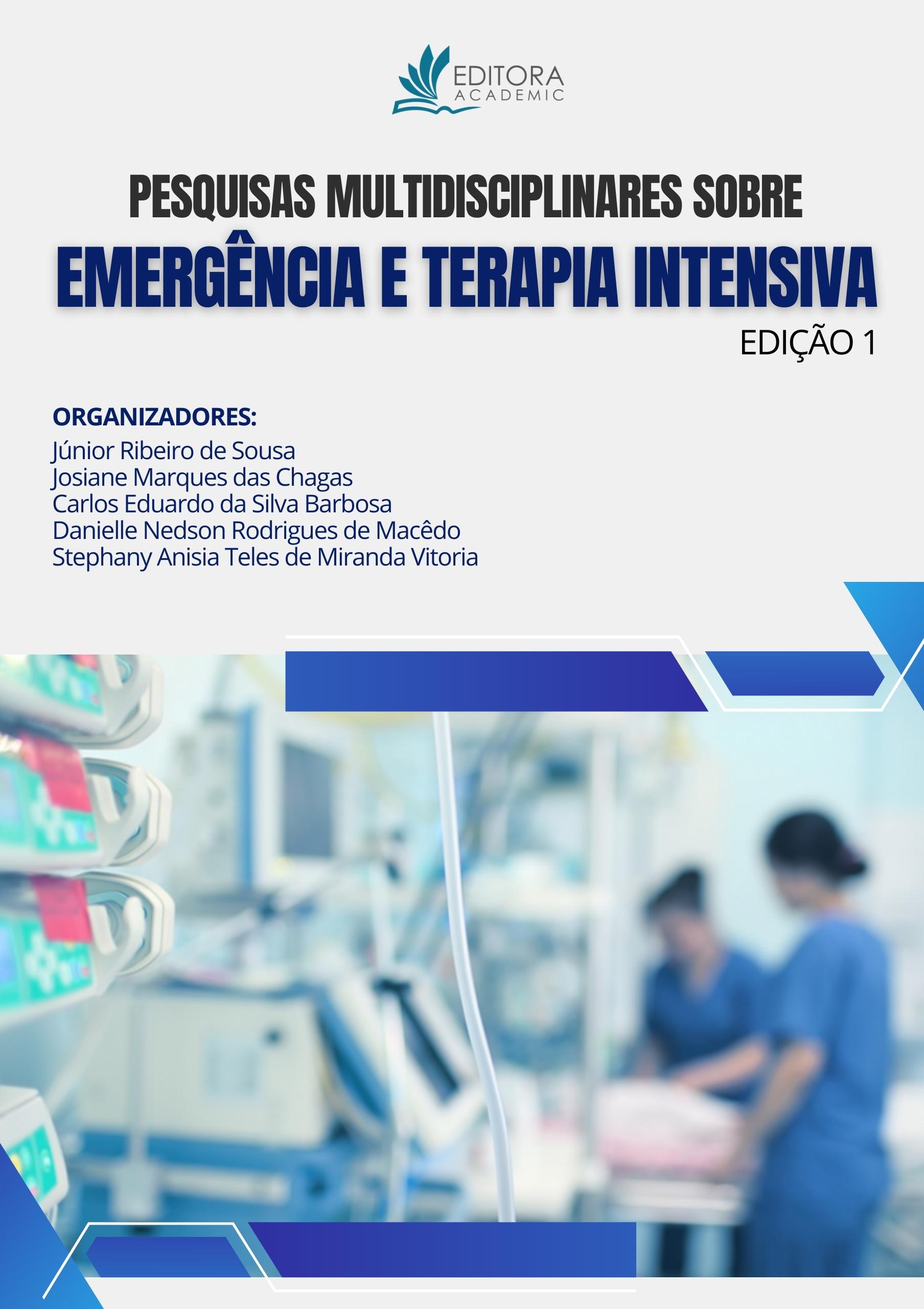
A miastenia grave é uma doença neuromuscular associada ao distúrbio autoimune. Pode estar relacionada a alterações no timo, órgão alvo de distúrbios ocasionados por doenças infecciosas. O diagnóstico precoce é fundamental para evitar que a doença se agrave, além de fornecer abordagem terapêutica nos estágios iniciais da miastenia. Objetivo: compreender a relação das alterações tímicas e o desenvolvimento da miastenia grave a fim de diagnóstico precoce e melhora na qualidade de vida do indivíduo. Metodologia: A pesquisa foi baseada nas plataformas PubMed, SciELO, Google Scholar e Biblioteca Virtual em Saúde. Como critério de inclusão, foram utilizadas pesquisas datadas entre o ano de 2017 e 2022, relacionadas ao objetivo proposto. Foram excluídos artigos anteriores ao ano de 2017 ou que não estivessem relacionados com o objetivo. Resultados e Discussão: A miastenia grave é uma doença autoimune debilitante. Os músculos mais afetados pela miastenia grave se tratam do músculo ocular, bulbar, músculos dos membros superiores e respiratórios. A ação de anticorpos contra os receptores de acetilcolina leva ao impedimento da sinapse nervosa nas junções neuromusculares. As manifestações clínicas mais evidentes consistem em ptose palpebral, diplopia, fraqueza e fadiga flutuante dos músculos. Acredita-se que uma das razões para o distúrbio autoimune seja por conta de alterações do timo, especialmente após doenças infecciosas as quais levam a superexpressão de interferons associados à regulação dos linfócitos autorreativos. A miastenia grave não possui cura, mas seus sintomas podem ser tratados a fim de evitar a evolução da doença. O diagnóstico precoce é imprescindível para as abordagens terapêuticas adequadas. Considerações Finais: Compreender as alterações do timo e a sua associação com a fisiopatologia da miastenia grave pode contribuir para o diagnóstico e tratamento da doença ainda em seus estágios iniciais, melhorando o prognóstico e a qualidade de vida dos pacientes.